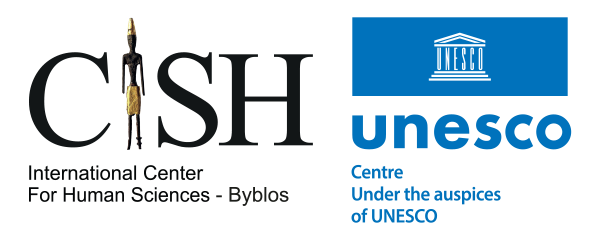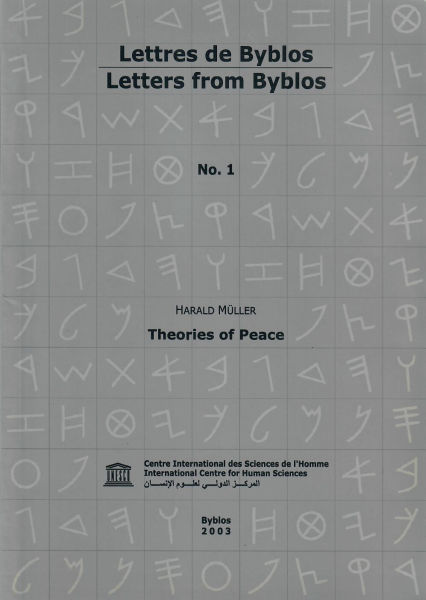Theories of peace are usually triangular:the concept of peace is defined in the first corner, the ” causes of peace” i.e. the constitutive and casual factors upon which the making and keeping of peace depend, analyzed in the second, and the praxeology of peace, i.e., determination of the options and strategies of action to influence and appropriately configure these factors, developed in the third.
This article focuses for the most part on the first two aspects, the concept and the causes of peace; only in the final section does it touch on some aspects of praxeology. For there can be no question but that praxeolgy, important though it be, is derived from the first two concerns, the concept and the causes of peace. One first needs to establish one’s objective and its contexts, before can decide on how to influence these contexts so as to achieve ones objective. Hence, from the theoretical perspective, the concept and causes of peace have precedence.
The point of departure for the following considerations is Lothar Brock’s (1990) “state-of-the-art review”. Earlier works on the theory of peace will be explicity mentioned only if they are particularly useful or in some other way indispensable for the arguments presented in this article. Otherwise we shall refer shall refer only to literature on his subject that has appeared since Brock’s article.
This article is more than a review of the literature. By undertaking this review or recent work, the author also has the ambition to further the debate about the concept and causes of peace. Hence, the author hopes in this paper to develop new proposals that will advance the subject and its argumentation.
Publications

